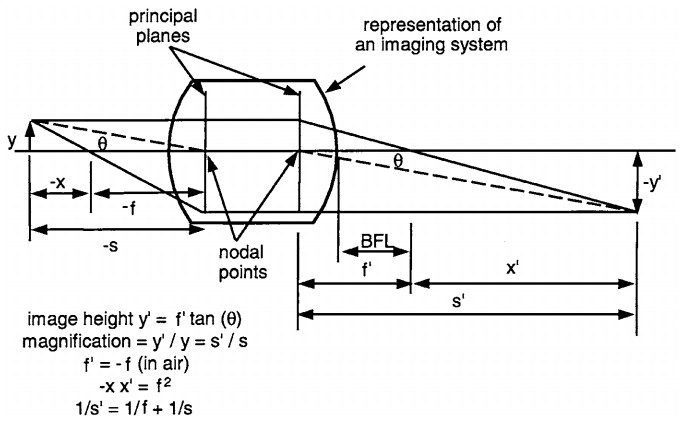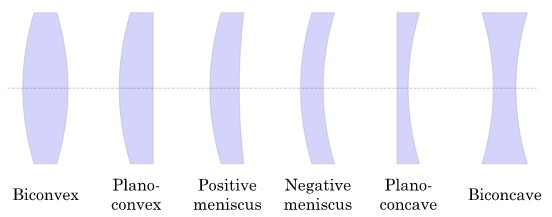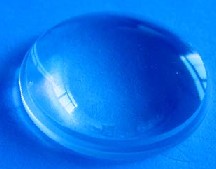News
Your current location£ºHome > News > Company newsAccurate introduction and selection of aspheric lens
Views: Date£º2013/5/16

1.About Rays 4.Pictures of aspheric lens
A simple case of a perfect thin positive lens called a paraxial lens. The rays coming from an infinitely distant object. The ray that goes along the optical axis passes through the lens without bending. However, as we move away from the axis, rays are bent more and more as we approach the edge of the clear aperture. The ray that goes through the edge of the aperture parallel to the optical axis is called the marginal ray. The rays that are coming from a nonaxial object point form an angle with the optical axis. One of these rays is called a chief ray, and it goes through the center of the lens (center of the aperture stop) without bending.
2.Characteristic points and planes
* A common first-order representation of an optical system
* The representation of any optical system
* It can be a telescope, a microscope, a submarine periscope, or any other imaging optical system.
If we connect the entering beam parallel to the axis, with the exiting beam, they will intersect at a location called the second principal plane(point).This is sometimes called the equivalent refracting surface because this is the location where all of the rays appear to bend about.
The distance from the second principal plane to the plane where the ray intersects the optical axis is the focal length. (focal point, focal plane).If we now send a beam on the right parallel to the optical axis and in a direction from right to left, we can locate the principal plane, the first principal plane,and determine the focal length.The center of the principal planes (where the principal planes cross the optical axis) are called the nodal points (plane),For a system used in air, these points lie on the principal planes. These nodal points have the unique property that light directed at the front nodal point will exit the lens from the second nodal point at exactly the same angle with respect to the optical axis.
3.Optical path diagram of the aspheric lens 


![]()
Aspheric lenses as the product of the latest photoelectric technology are often used to eliminate aberration and achromatic, reduce the number of lenses and their size. The optical plastic is suitable for making aspheric lenses because it has a good plasticity. Aspheric lenses made of resin have become more and more popular.
Our company is the first to apply aspheric lens in the design and production of magnifiers. Additionally it is applied in digital camera, VCD lens, video camera, camera viewfinder, telescope field lens and detector. Currently there are listed 40 kinds of aspheric lenses which are available now. Customers can choose them according to parameters listed. Also according to customer drawings, sample design. Our company can design and manufacture them according to supplied drawing and samples in order to meet the requirements of customs.Through this link (http://www.optic-fov.com/en/products/488.html ), you will find more information
--------------------------------------------------------------------------------------------------------------------------------------------------------------------------

















